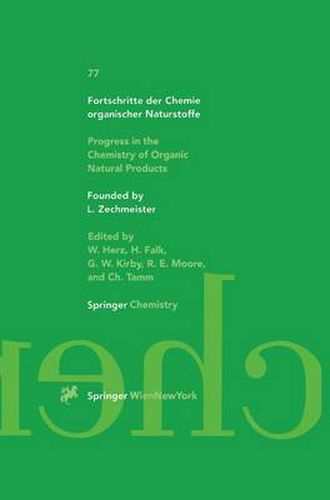Readings Newsletter
Become a Readings Member to make your shopping experience even easier.
Sign in or sign up for free!
You’re not far away from qualifying for FREE standard shipping within Australia
You’ve qualified for FREE standard shipping within Australia
The cart is loading…






This title is printed to order. This book may have been self-published. If so, we cannot guarantee the quality of the content. In the main most books will have gone through the editing process however some may not. We therefore suggest that you be aware of this before ordering this book. If in doubt check either the author or publisher’s details as we are unable to accept any returns unless they are faulty. Please contact us if you have any questions.
The condensed tannins (syn. polymeric proanthocyanidins) represent a major group of phenolic compounds in woody and some herbaceous plants (1-3). Their exceptional concentrations in the barks and heartwoods of a variety of tree species have resulted in their commercial extraction with the initial objective of applying the extracts in leather manufacture (4). Essentially all of their biological significance, e. g. the protection of plants from insects, diseases and herbivores, and most of the current, e. g. leather manufacture, and also most promising new uses, e. g. pharmaceuticals or wood preservatives, rest on their com plexation with other biopolymers like proteins and carbohydrates, or metal ions (5, 6). Increasing attention has thus been directed to understanding their conformation and conformational flexibility (7-20) in order to explain their biological activity and to provide a basis for further development of uses for these renewable phenolic compounds. Recent developments have also been initiated by the growing realization that the condensed tannins may additionally be credited for the profound health-beneficial properties of tea, fruit juices and red wine. This is mainly due to their in vitro radical scavenging (21) or antioxidant (22) biological properties, while the polymeric proanthocyanidins in red wine have been implicated in protection against cardiovascular disorders (23), e. g. the French paradox (24-26). Collectively these ‘positive’ characteristics of the polymeric proanthocyanidins have transformed a relatively unattractive and therefore neglected area of study (27) into, yet again, a fashionable research field.
$9.00 standard shipping within Australia
FREE standard shipping within Australia for orders over $100.00
Express & International shipping calculated at checkout
This title is printed to order. This book may have been self-published. If so, we cannot guarantee the quality of the content. In the main most books will have gone through the editing process however some may not. We therefore suggest that you be aware of this before ordering this book. If in doubt check either the author or publisher’s details as we are unable to accept any returns unless they are faulty. Please contact us if you have any questions.
The condensed tannins (syn. polymeric proanthocyanidins) represent a major group of phenolic compounds in woody and some herbaceous plants (1-3). Their exceptional concentrations in the barks and heartwoods of a variety of tree species have resulted in their commercial extraction with the initial objective of applying the extracts in leather manufacture (4). Essentially all of their biological significance, e. g. the protection of plants from insects, diseases and herbivores, and most of the current, e. g. leather manufacture, and also most promising new uses, e. g. pharmaceuticals or wood preservatives, rest on their com plexation with other biopolymers like proteins and carbohydrates, or metal ions (5, 6). Increasing attention has thus been directed to understanding their conformation and conformational flexibility (7-20) in order to explain their biological activity and to provide a basis for further development of uses for these renewable phenolic compounds. Recent developments have also been initiated by the growing realization that the condensed tannins may additionally be credited for the profound health-beneficial properties of tea, fruit juices and red wine. This is mainly due to their in vitro radical scavenging (21) or antioxidant (22) biological properties, while the polymeric proanthocyanidins in red wine have been implicated in protection against cardiovascular disorders (23), e. g. the French paradox (24-26). Collectively these ‘positive’ characteristics of the polymeric proanthocyanidins have transformed a relatively unattractive and therefore neglected area of study (27) into, yet again, a fashionable research field.